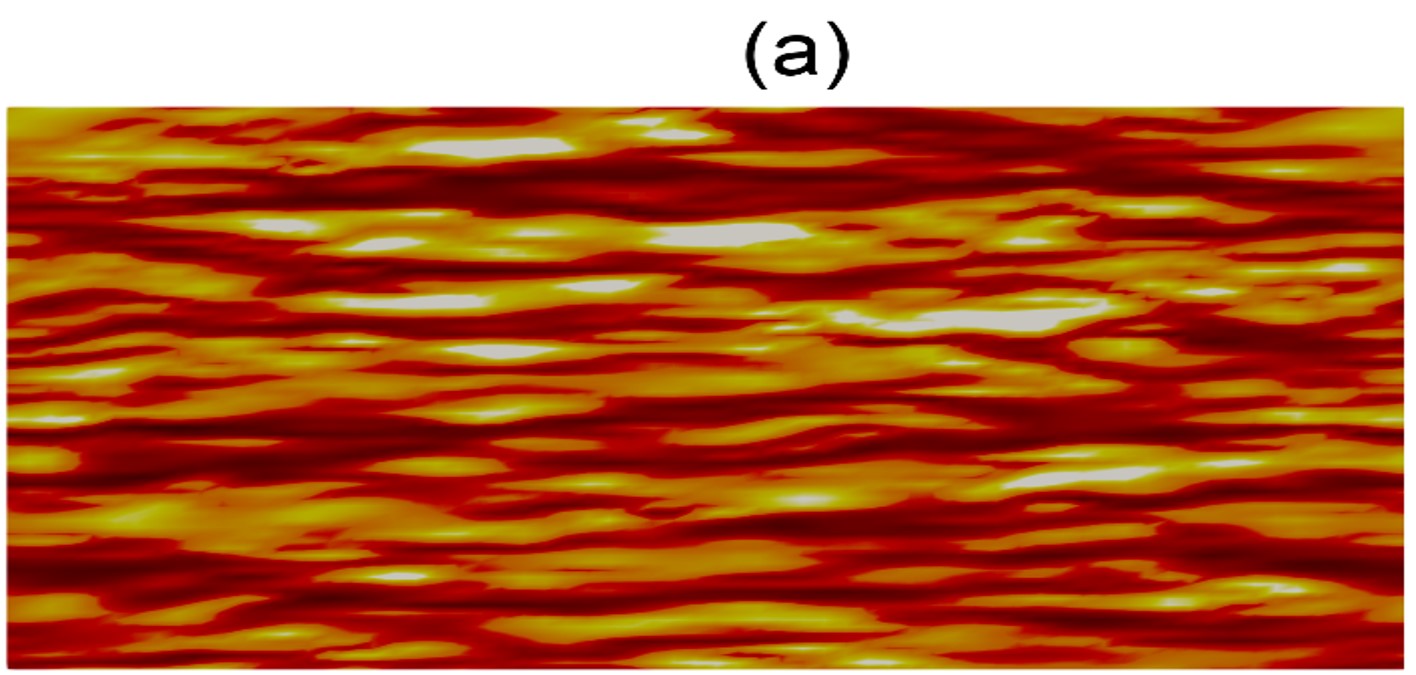Complexity scaling of finite surface method in high Reynolds number flows
Main Article Content
Abstract
This paper investigates the complexity scaling of the finite surface (FS) discretization applied to Navier-Stokes equations. The previous work on the turbulent channel flow suggests that the grids resolutions needed to achieve 1%-error in the first- and the second-order statistics is 30 and 11 wall-unit in the streamwise- and spanwise-directions. This grid size is about 10-times larger than the traditional recommendation and requires much lower computational resources. In this work, we investigate the application of this new resolution to the Reynolds number cases: Ret = 180, 390, 590, and 950. The mean and the RMS of the fluctuations are presented and compared with results from spectral codes. The result of the investigation indicates that the finite surface method can deliver a 1%-accurate prediction in the mean profile of turbulent channel flows using this resolution. Effectively, the number of grid points for 1%-accurate prediction scales with (Ret/22)3+(Ret/5.4)2.
Article Details

This work is licensed under a Creative Commons Attribution-NonCommercial-ShareAlike 4.0 International License.
This work is licensed under a Creative Commons Attribution-NonCommercial-ShareAlike 4.0 International License.
References
Hokpunna, A., Misaka, T., Obayashi, S., Wongwises, S., Manhart, M. Finite surface discretization for incompressible Navier-Stokes equations and coupled conservation laws, Journal of Computational Physics, Vol. 423, 2020, pp. 109790.
Hokpunna, A., Manhart, M. Compact fourth-order finite volume method for numerical solutions of Navier–Stokes equations on staggered grids, Journal of Computational Physics, Vol. 229(20), 2010, pp. 7545-7570.
Kravchenko, A.G., Moin, P. On the effect of numerical errors in large eddy simulations of turbulent flows, Journal of Computational Physics, Vol. 131, 1997, pp. 310-322.
Mengaldo, G., De Grazia, D., Moxey, D., Vincent, P.E., Sherwin, S.J. Dealiasing techniques for high-order spectral element methods on regular and irregular grids, Journal of Computational Physics, Vol. 299, 2015, pp. 56-81.
Hokpunna, A. Dealiasing strategy for higher-order methods in turbulent flow simulations, Suranaree Journal of Science and Technology, Inpress.
Kim, J., Moin, P., Moser, R. D. Turbulence statistics in fully developed channel flow at low Reynolds number, Journal of Fluid Mechanics, Vol. 177, 1987, pp. 133-166.
Moser, R.D., Kim, J., Mansour, N.N. Direct numerical simulation of turbulent channel flow up to Re = 590, Physics of Fluids, Vol. 11(1), 1999, pp. 943-945.
Del Alamo, J.C., Jimenez, J., Zandonade, P., Moser, R.D. Scaling of the energy spectra of turbulent channels, Journal of Fluid Mechanics, Vol. 500, 2004, pp.135-144.
Lee, M. and Moser, R.D. Direct numerical simulation of turbulent channel flow up to Re5200. Journal of Fluid Mechanics, Vol. 774, 2015, pp. 395-415.
Li, C.G., Tsubokura, M. An implicit turbulence model for low-mach roe scheme using truncated navier–stokes equations, Journal of Computational Physics, Vol. 345, 2017, pp. 462-474.



